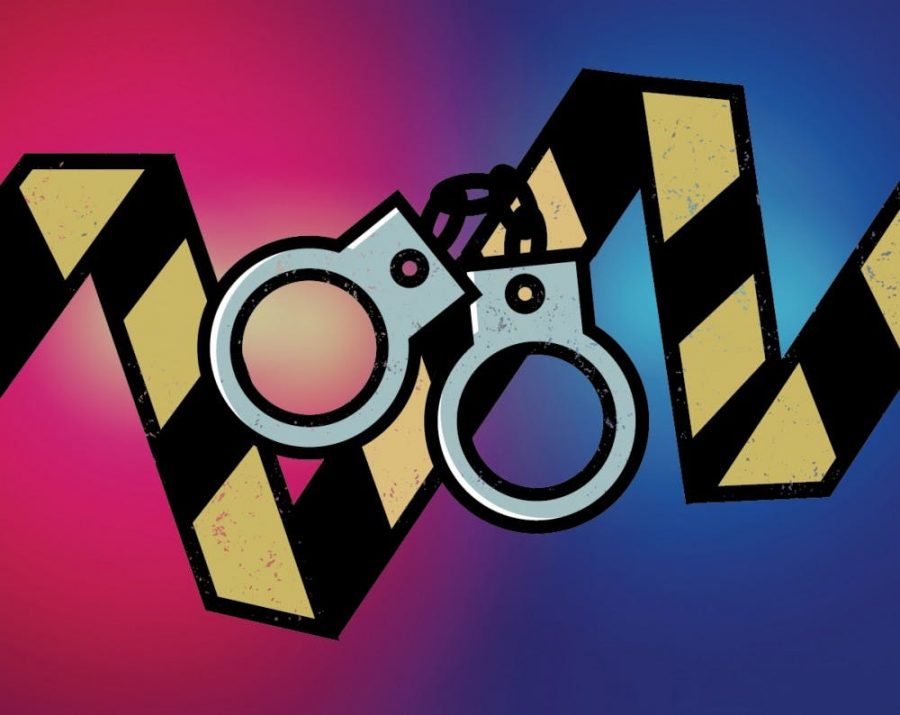The University of Minnesota released its Annual Security and Fire Safety Report in September, listing crimes reported to the University Campus Security Authorities, including crime statistics, Violence Against Women Act data and drug- and alcohol-related incidents.
The report showed fluctuations in campus crime from 2019-2021, including increases in public robbery, public motor theft, rape and stalking in residential areas of campus. Drug- and alcohol-related arrests decreased, as well as burglaries.
Breaking down the Clery Act
The Clery Act is a federal law requiring colleges and universities that receive public funding to collect campus crime data and share that information with the public by October, containing the last three years of statistics in the report. The report is one of the actions required by the law, along with SAFE-U alerts and the Daily Crime Log.
The Clery Act covers four areas of jurisdiction: on-campus, on-campus residential, non-campus property and public property.
On-campus areas include University-owned or controlled buildings, including residence halls, educational buildings and other places on campus students frequently use. On-campus residential includes University-owned housing that is reasonably near campus.
Non-campus properties include buildings owned by student organizations recognized by the University as well as University-owned property not located in the main boundaries of campus. Public property includes areas that are not part of the University but are in immediate proximity to campus.
Crime Statistics
The report’s crime statistics show the rates of criminal offense reports including burglary, robbery, aggravated assault and rape.
Rates of public robbery on the Minneapolis campus increased 41% from 2019-2021, according to the report. In 2019, there were 17 reported instances of robbery compared to 24 in 2021. Along with this, public motor theft doubled over the past three years from 12 reports in 2019 to 24 in 2021.
“This actually does surprise me, I would have assumed that it would go up because I have been hearing more from people seeing this,” said Sophia Park, a first-year University medical student. “I would never have guessed 41%, that’s a lot.”
One of the most significant increases in the report’s data is in incidents of campus residential stalking on the Minneapolis campus. Stalking is defined as two or more acts of monitoring, observing or threatening a person. In 2019, there were five reports of stalking compared to 18 in 2021.
“It’s scary,” said Sidney Rousselow, a second-year University student. “Not a lot of people were living on campus during COVID and since everyone’s back, there’s probably going to be an increase compared to the past couple of years.”
On the other hand, there were decreases in other crimes, including on-campus burglary in Minneapolis. In 2019, there were 54 cases of total campus burglary, compared to 24 cases in 2021, a 55% decrease.
COVID-19 impact and looking at 2022
In the report, there is a dip in several categories from 2019-2020. In 2021, these numbers spiked back up.
The number of rapes from 2019-2020 on the Minneapolis campus decreased from 27 to 20. In 2021, that number went up to 40, a 48% increase since 2019.
Jake Ricker, the University’s public relations director, said after consulting with the University of Minnesota Police Department and the Clery compliance office, he concluded these numbers decreased because of the COVID-19 pandemic.
“It’s entirely fair to say the data reflect the effects of the COVID-19 pandemic and the reduction in the number of people on campus during those years, 2020 in particular,” Ricker said in an email to the Minnesota Daily.
According to University data, for the first nine months of 2022, certain numbers have remained within the same range while others have decreased.
“So far this year, the numbers are slightly up in some categories — and just one or two additional incidents can have that effect if the number of incidents are relatively small — while down in others,” Ricker wrote. “Notably, robberies are down year-to-date when compared to 2021.”
Resources
Along with the statistics, the report also offers several on-campus resources for students that are meant to help them stay safe on campus.
Some of these resources include the Aurora Center, which focuses on helping victims of domestic violence, sexual assault and other forms of abuse, and UMPD.
University Security is another resource students can use if they are walking on campus and do not feel safe. Students can call 612-624-9255 (WALK) if they would like a security guard or volunteer to walk with them or provide a vehicular escort.













